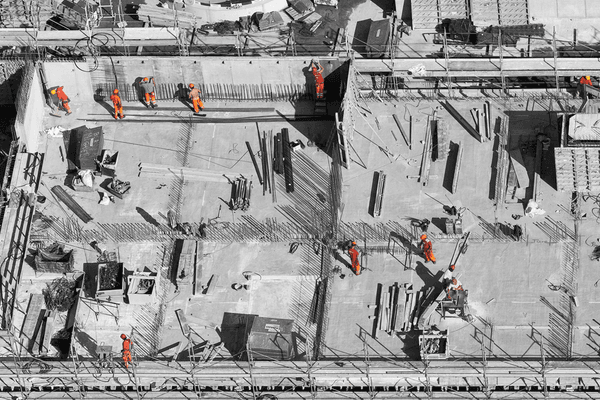
Share
Latest crane count data shows record commercial and infrastructure construction levels in Australia while residential projects decline. Sydney leads activity with significant growth in western regions.
A major shift emerges in Australian construction patterns as commercial and infrastructure projects hit record levels while residential builds slow down.
Record commercial construction numbers
The RLB crane count for Q3 shows non-residential construction reaching its highest point since records started in 2015. The sector grew by 34 cranes in six months, bringing the total to 370. During this period, residential cranes dropped from 535 to 493.
Sydney construction remains strong
Greater Sydney maintains its position as a construction hub with 246 cranes dedicated to residential projects. The western region shows marked growth, with crane numbers rising from 95 to 108.
Melbourne shifts focus
Melbourne’s construction landscape has changed significantly. Residential crane numbers fell from 107 to 81. The city now centres on infrastructure growth, with increasing crane numbers across civil, civic, and data centre developments.
Mixed-use development growth
Mixed-use projects maintain strong momentum. These developments meet housing needs while incorporating retail, office, and hotel spaces in combined facilities. This approach responds to market demands for integrated living and working environments.
Social infrastructure gaps
Development in aged care and education sectors shows minimal growth despite population pressures. This stagnation raises questions about future capacity in these essential services.
The retail and hotel sectors display limited new supply projects. This restriction in new developments might increase pressure in the investment market as demand continues.
Infrastructure investment trends
Civil and infrastructure projects show increased activity levels. Data centre construction particularly benefits from this trend, reflecting growing digital infrastructure needs across major cities.
The shift toward infrastructure and commercial projects marks a notable change in construction priorities. This movement might indicate changing market conditions and investment patterns in the property sector.
Further questions
What drives crane number changes in construction?
How do crane counts indicate economic health?
Where do most construction cranes operate in Australia?
What types of projects need construction cranes?
Why do mixed-use developments maintain strong crane numbers?
This is general information only and is subject to change at any given time. Your complete financial situation will need to be assessed before acceptance of any proposal or product.





